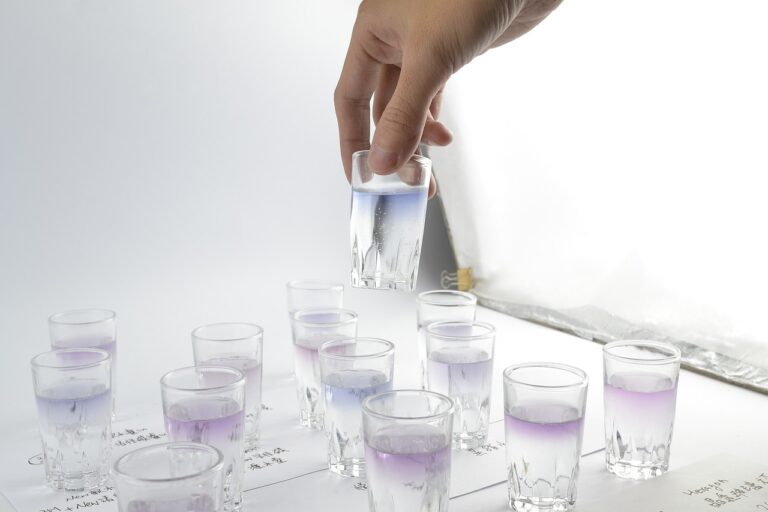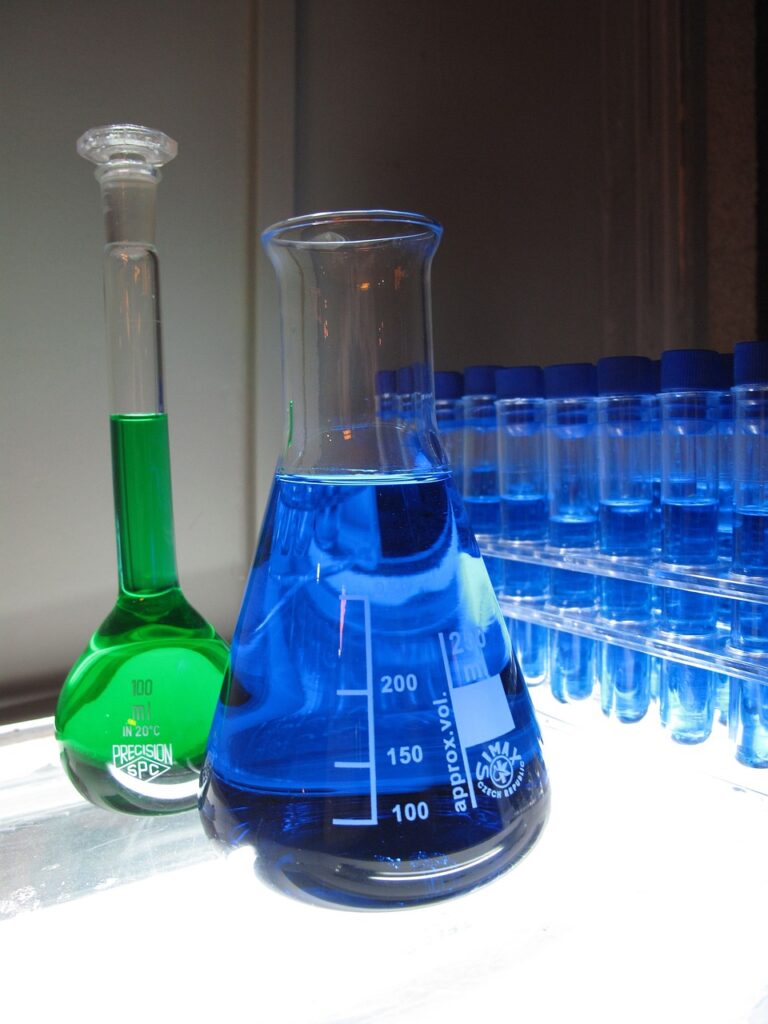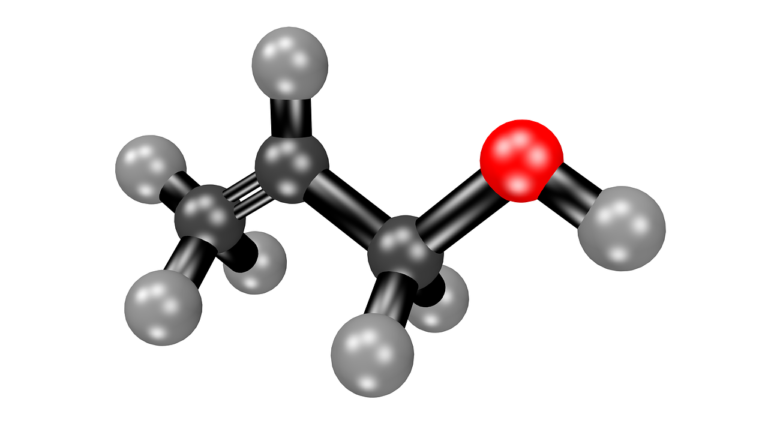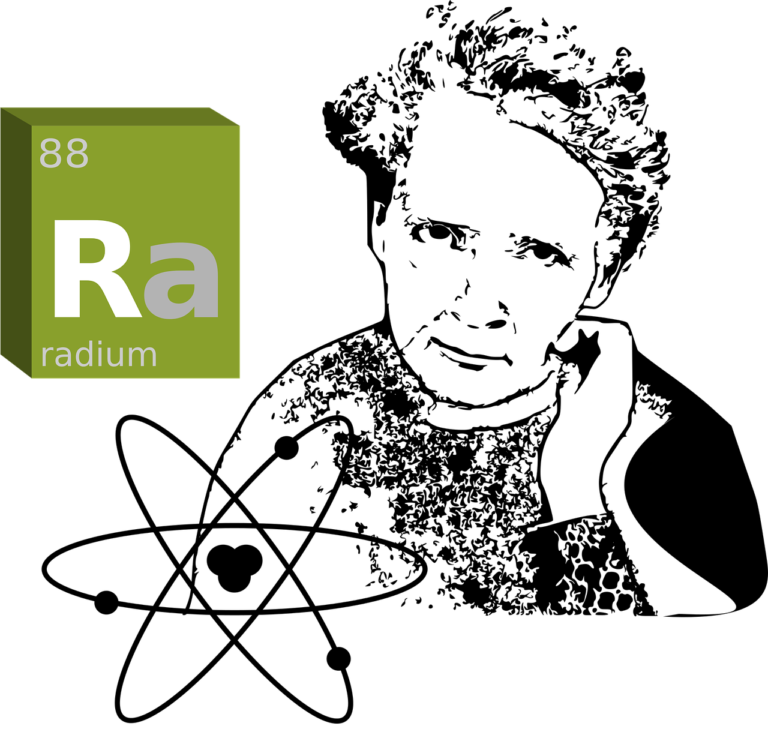Imagine a square, its corners each hosting a charge of identical magnitude, poised to interact within the symphony of electromagnetism. This arrangement, a testament to the principles elucidated by Coulomb’s law, unveils a captivating narrative of charge distribution and electric potential. As we delve into the heart of this configuration, we uncover the intricate dance of forces and energies, each charge contributing its part to the collective electric potential at the square’s center.
Within this geometric stage, Coulomb’s law reigns supreme, dictating the magnitude and direction of the forces that shape the charge landscape. Yet, beyond mere theoretical musings, this understanding holds practical significance, guiding the design and optimization of electrical systems. From circuits to sensors, the insights gleaned from analyzing charge distributions fuel innovation, propelling technological advancements in diverse arenas.
Embark on a journey through the realm of electric potential, where the convergence of theory and application illuminates pathways to enhanced comprehension and innovation. Explore the nuances of charge symmetry, unravel the mysteries of Coulomb’s law, and unlock the potential for transformative progress in fields far beyond the reaches of electromagnetism.







